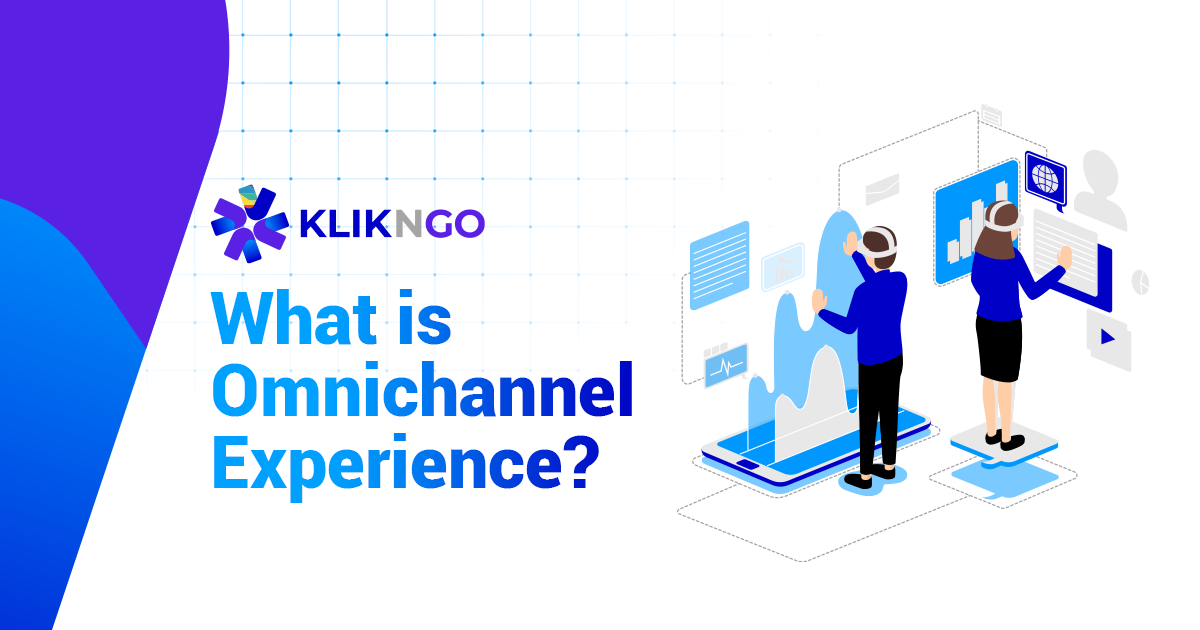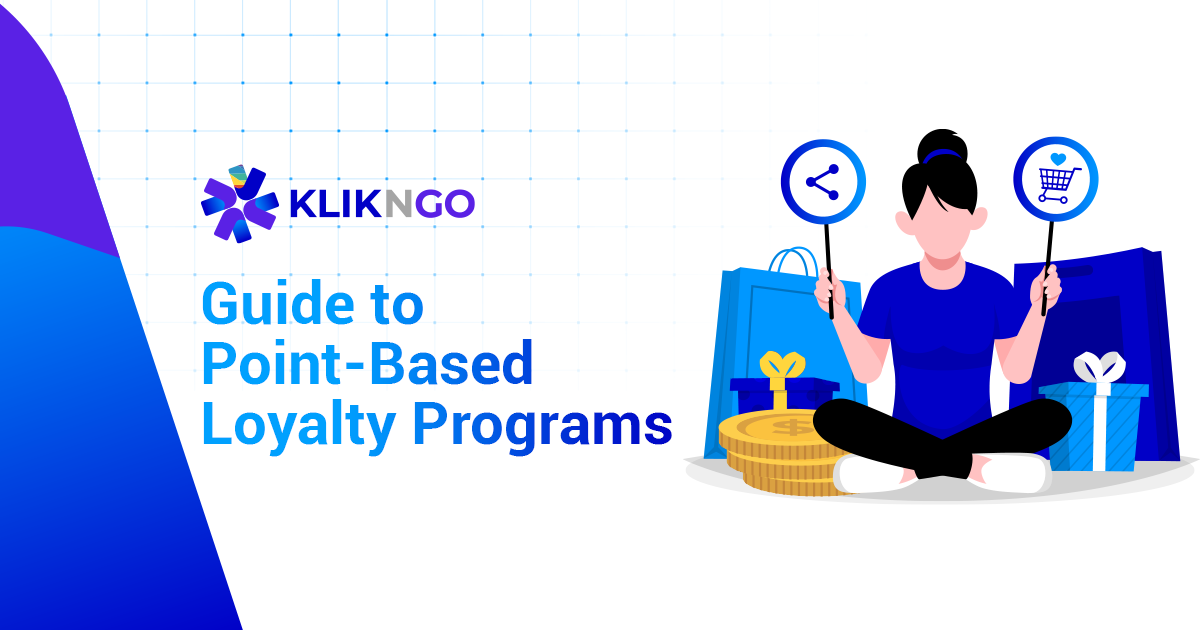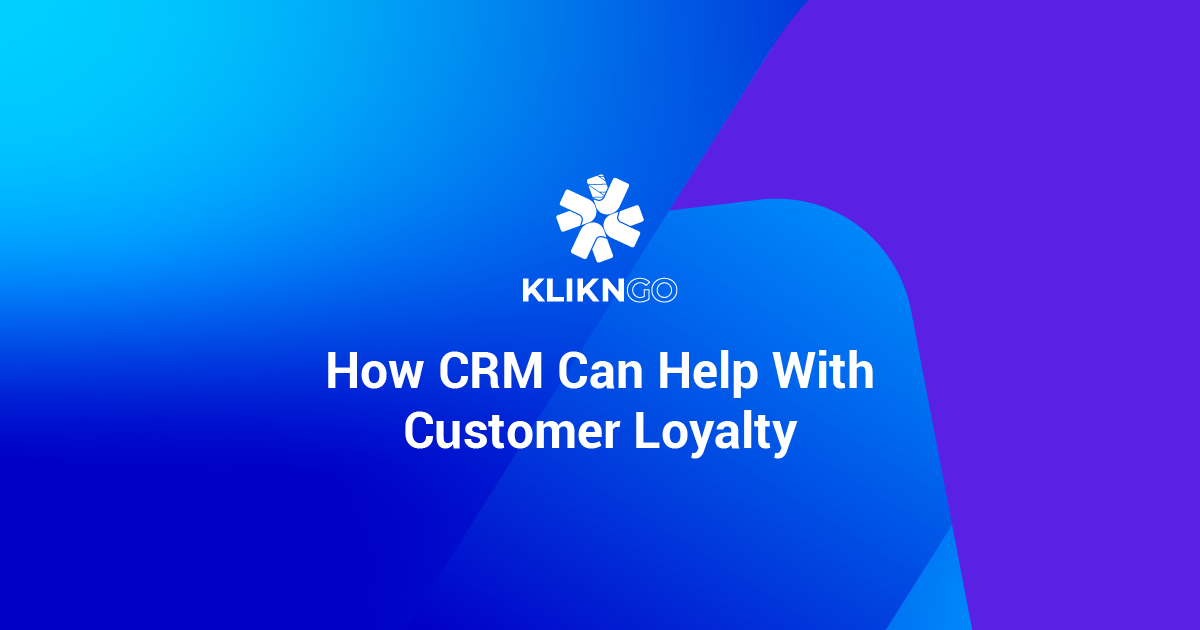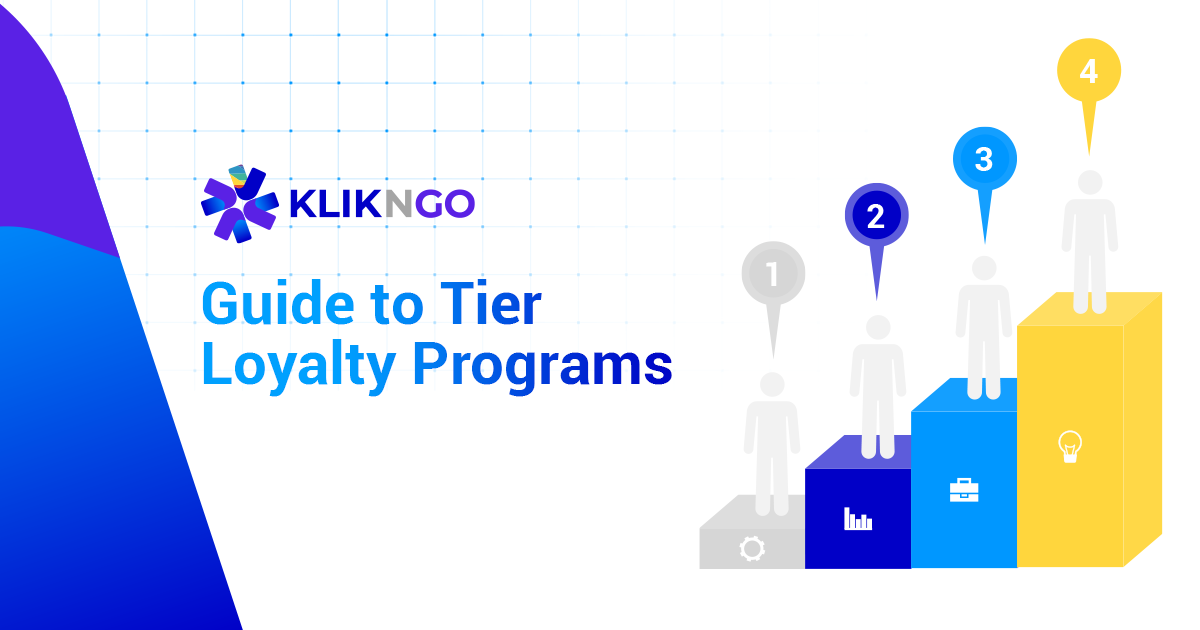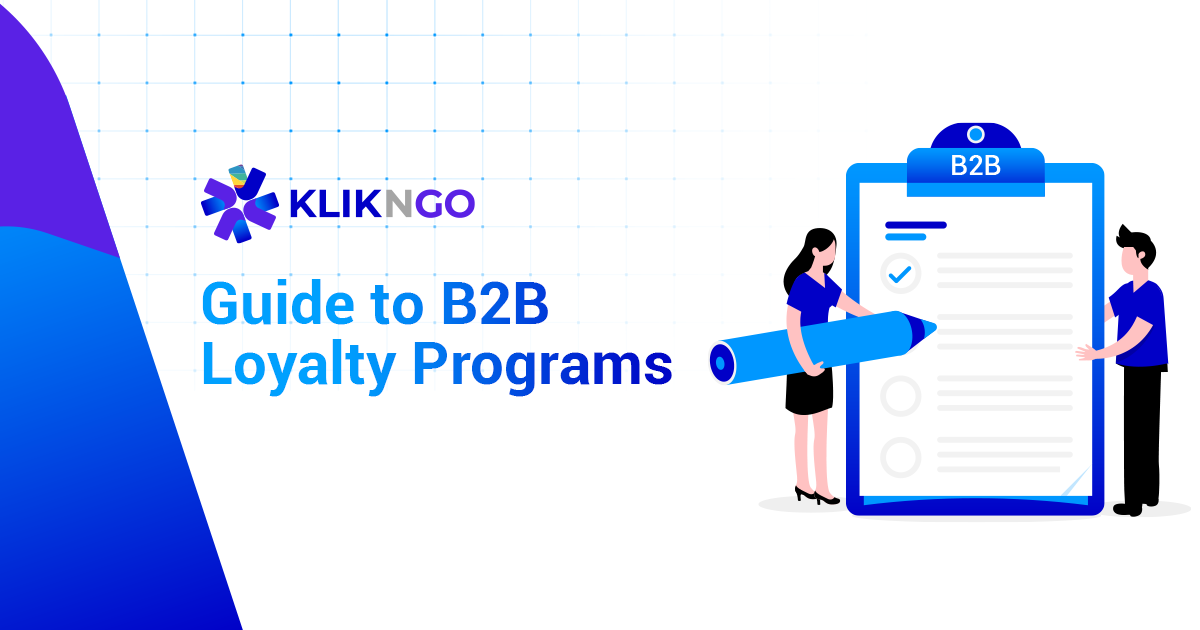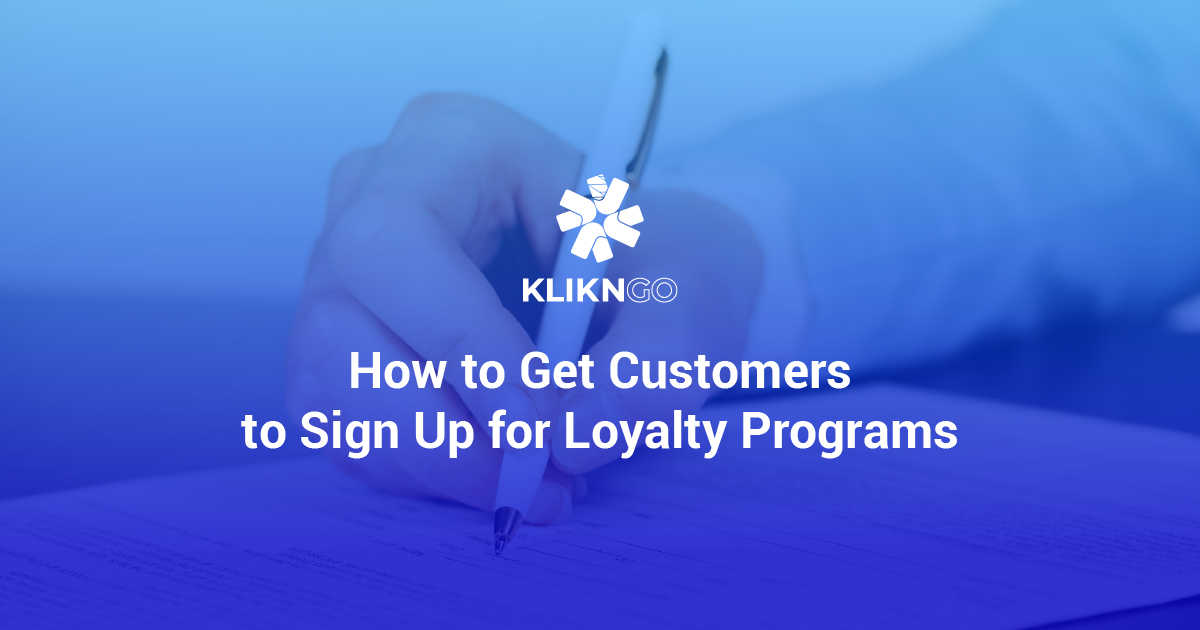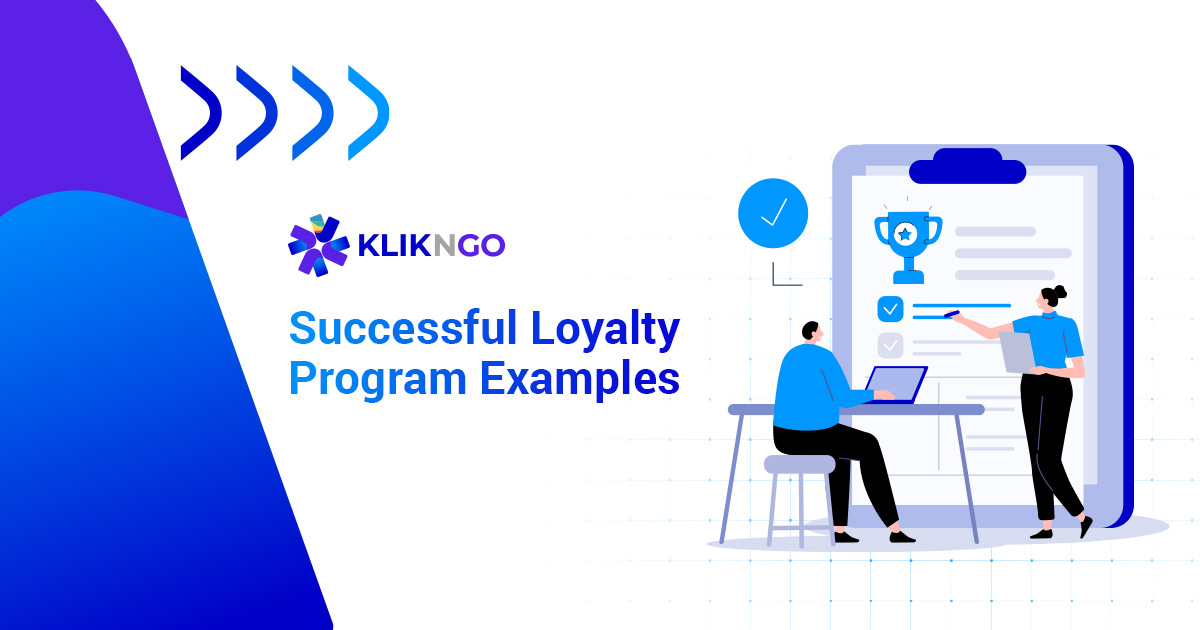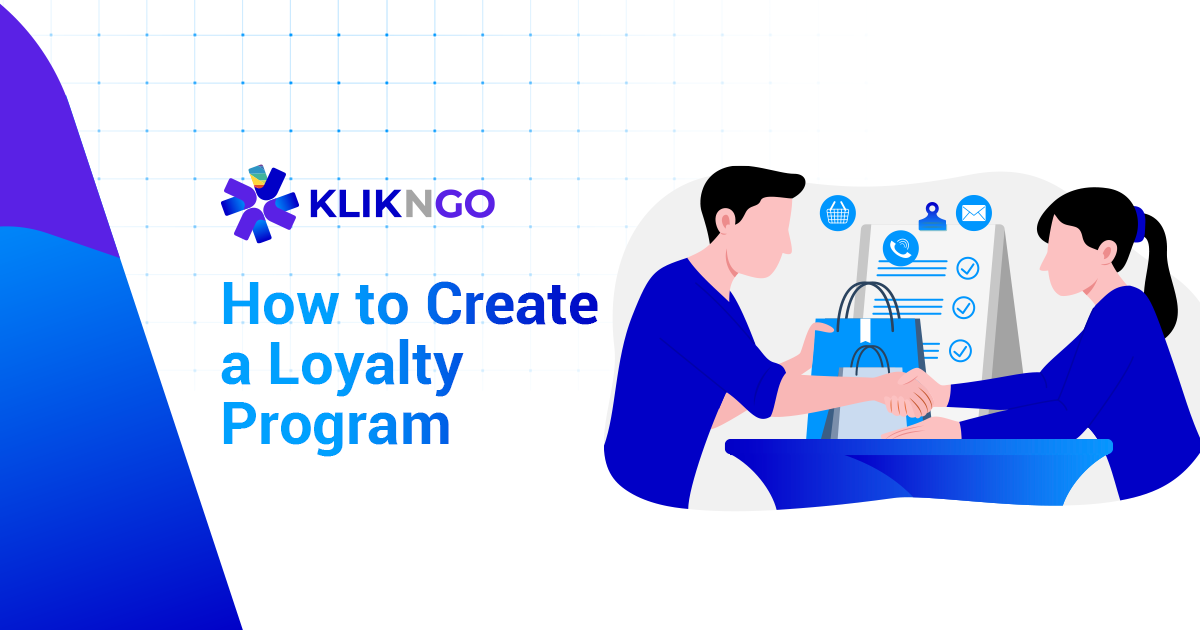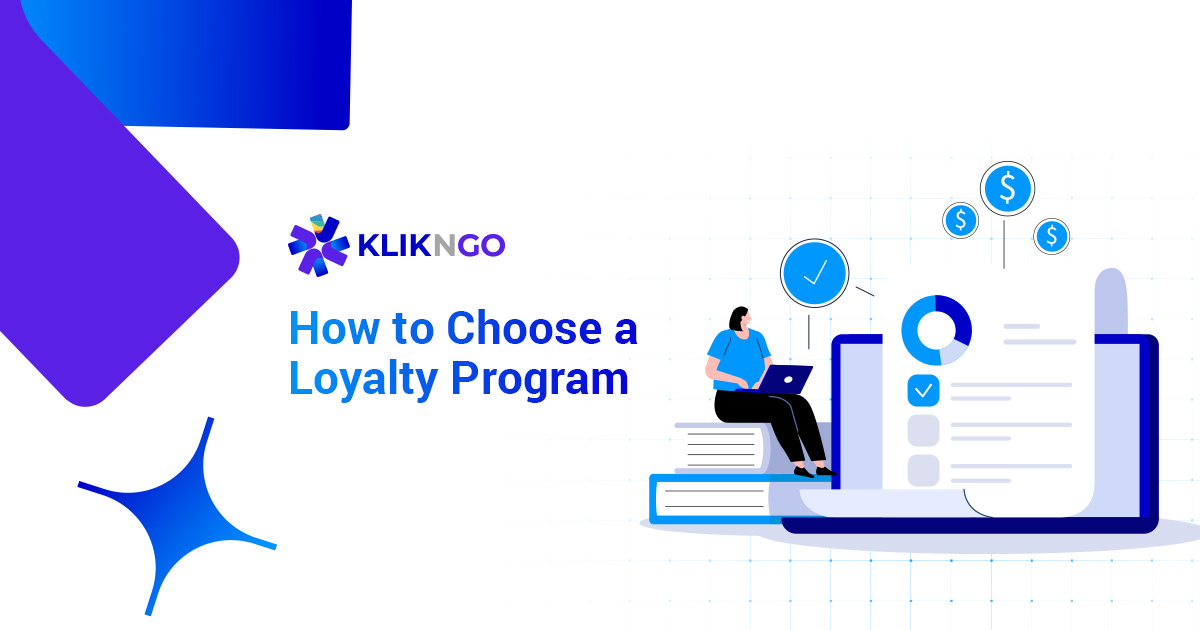What Does Omnichannel Experience Mean?
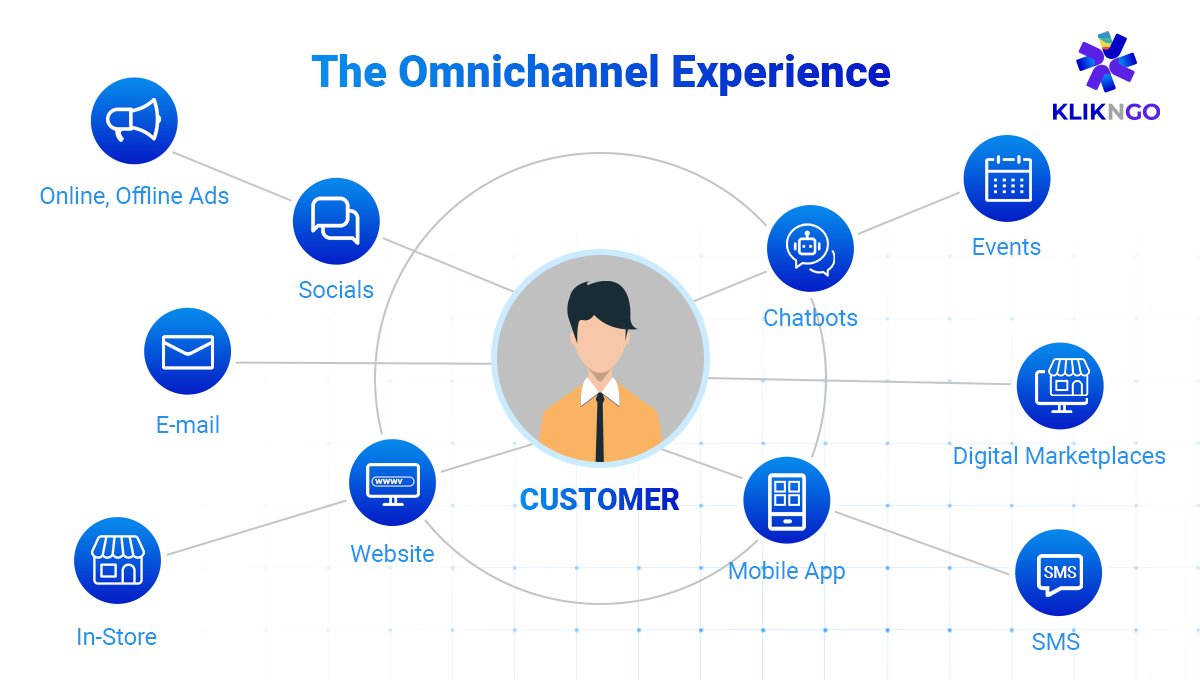
If you’re involved in marketing or management, you might have heard the term “omnichannel experience” quite often. But what does it really mean? Here’s a quick overview.
An omnichannel experience is all about integrating interactions across various touchpoints and channels to create a smooth and cohesive experience for the customer. The goal is to ensure that every customer interaction is connected and consistent, no matter where or how it occurs.
The key to achieving this is to provide context for each customer interaction. This means that the next person who assists the customer will have all the relevant information from previous interactions, allowing them to address the customer’s needs without having the customer repeat themselves.
These touchpoints and channels aren’t just limited to different applications or online platforms, however. For industries like retail and hospitality, it means integrating online and offline experiences.
For example, if a customer files a complaint on a mobile app and requests a refund. In that case, they should be able to visit a store, scan a QR code, and receive their refund without filling out extra forms or providing additional information.
This approach ensures a smooth transition between channels and helps businesses gather comprehensive data, creating a unified view of each customer. As a result, customers enjoy a more seamless experience, which will lead to better customer satisfaction.
Are There Different Aspects of Omnichannel?
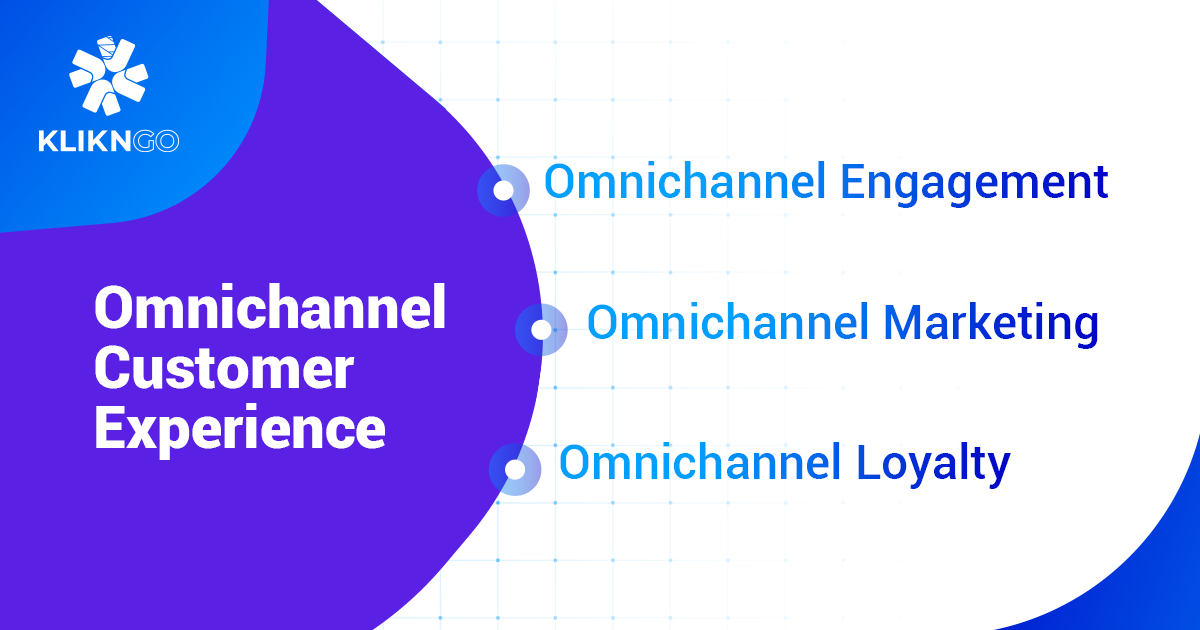
Omnichannel in itself is a concept, but it can be broken down into different aspects for a business, which can be broken down into these categories:
- Omnichannel Loyalty
- Omnichannel Marketing
- Omnichannel Engagement
All of these matters for a business to successfully recruit and retain customers. Let us break it down one by one so that it’s easier for you to digest.
- Omnichannel Loyalty refers to how flexible and accessible your loyalty program is across different channels. Customers should be able to earn and redeem rewards whether they’re shopping online or in-store. Key benefits include real-time tracking of points across all platforms (website, app, POS systems) and integration with subsidiary services, like Amazon Prime’s access to Prime Video. Data must be updated in real-time, ensuring points are always accessible from any channel.
- Omnichannel Marketing involves creating a seamless customer experience across all marketing channels. For example, if a customer interacts with your website, you can target them through social media, search ads, and banner ads on other sites. This consistency should also apply to physical marketing, like billboards, ensuring a cohesive experience. Additionally, personalized email marketing based on customer preferences and history enhances engagement.
- Omnichannel Engagement focuses on how customers interact with your brand. A great example is a kiosk in Romania that rewards customers with free tickets for doing 20 squats. The kiosk uses AI to monitor squat depth and reflects earned points in the customer’s app. Points can be redeemed online or in-store, offering a holistic and seamless experience. This is a holistic approach to the whole customer experience, making it easy for customers before they even think about it, or go into the next stage!
Examples of Omnichannel Experience
Now that we’ve covered the different types of omnichannel experiences, let’s look at some practical examples. We’ve worked with major clients to develop these strategies, and they’ve been game-changers in enhancing loyalty and the overall customer experience. Here are a few standout examples:
Shiseido - Omnichannel Campaign Organization (CN)
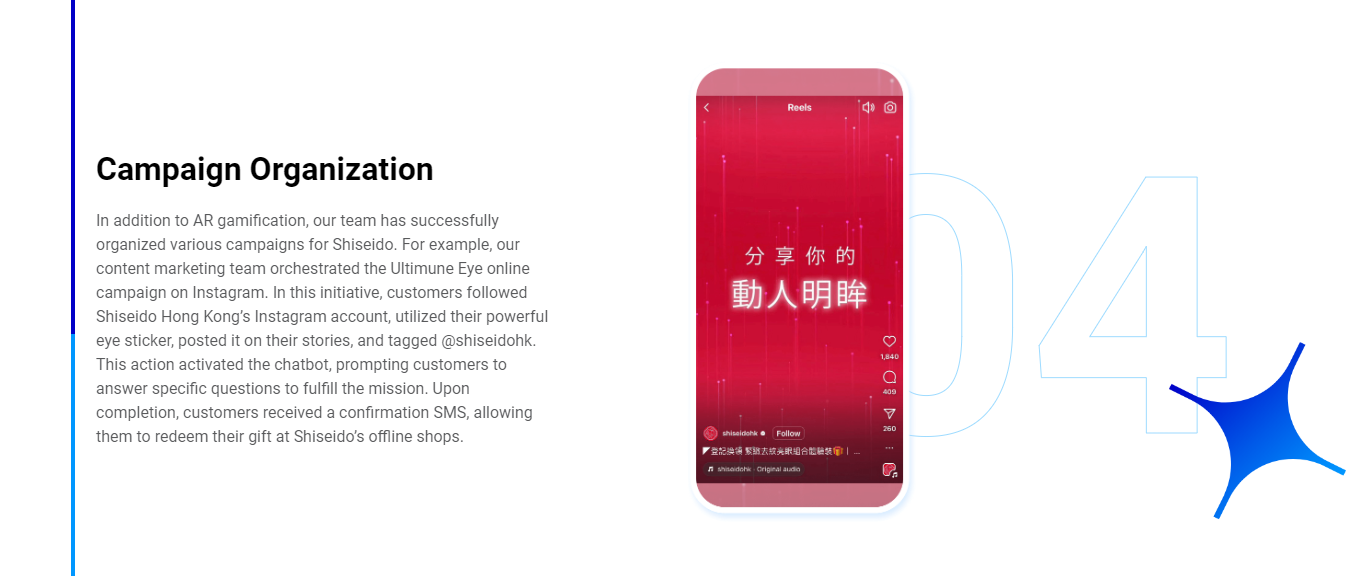
KlikNGo ran an omnichannel marketing campaign for Shiseido that engaged customers across multiple platforms. Participants could join campaigns on WeChat, enjoy AR games on Instagram, receive gift confirmation via SMS, and redeem their rewards in Shiseido’s physical stores.
All data was synced and updated in real-time across CRM and POS systems, ensuring a seamless and integrated experience across all channels.
ChowSangSang - Omnichannel Loyalty Marketing
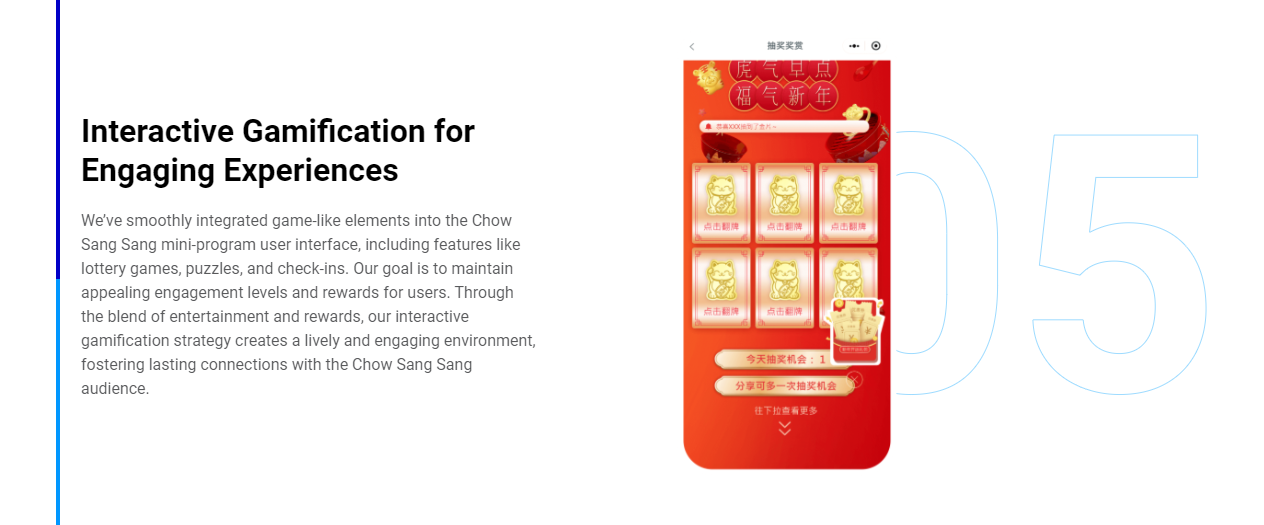
ChowSangSang, a major jewelry and gold retailer in Hong Kong, Taiwan, and Mainland China, partnered with KlikNGo to enhance their customer engagement and loyalty. We developed a high-performing loyalty strategy that boosted customer spending and retention.
To start, our team implemented chatbots across all marketing channels, enabling them to gather individual customer data. Customers could earn rewards and points both online and offline.
On top of that, our team also introduced interactive gamification elements, allowing customers to redeem prizes as online vouchers or physical products in-store. As a result, ChowSangSang saw a 40% increase in sales per member and grew their loyalty program to 8 million members.
Why Omnichannel? - Key Benefits for Customers & Brands
Benefits of Omnichannel Experience for Customers
The biggest advantage of an omnichannel experience is providing seamless customer service. Repeating yourself after a dropped call is frustrating, especially if you’re looking to reschedule your flight, which might leave on the same day.
With an omnichannel approach, customers can file a complaint via an app and then schedule a call to resolve the issue, improving the overall experience.
Additionally, omnichannel strategies help customers find what they want quickly. For example, if a customer browses and adds a clothing item online on their wishlist, the brand can send personalized emails or push notifications about a sale on that item, just for them. This personalization encourages repeat visits and increases sales conversion.
A great example is Uniqlo, a Japanese global clothing chain. They send tailored ads and notifications based on customers’ purchase and wishlist histories. In their physical stores, they scan membership barcodes at checkout to integrate this data, enhancing the customer experience both online and offline.
Benefits of Omnichannel Experience for Brands and Companies
Integrating an online experience offers several advantages for brands, with one of the biggest being the creation of a single customer view. This means building a comprehensive profile of each customer based on their preferences and history, which helps anticipate their needs and boost sales while improving retention.
An omnichannel approach is closely linked to increased customer retention and loyalty, as it enhances the overall experience. Studies have shown that using a unified omnichannel strategy can lead to a 20% increase in customer retention and a 35% boost in Net Promoter Score (NPS).
Additionally, an omnichannel strategy improves efficiency and coordination across various departments, such as inventory and purchasing. It also enhances customer engagement, which positively impacts sales, loyalty, brand differentiation, and overall branding efforts.
Omnichannel vs Multichannel Experience - What is the Difference?
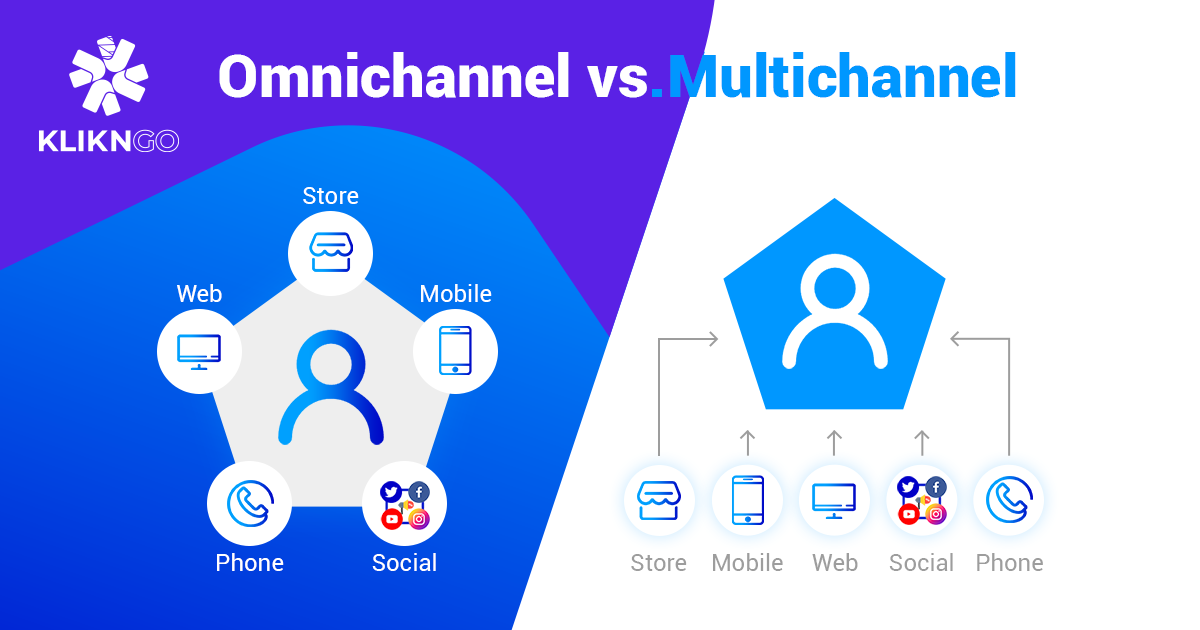
Omnichannel and multichannel experience both use multiple channels to interact and market to customers, but the key difference is how these channels are connected and how they deliver the customer experience.
An omnichannel approach ensures that all channels—such as physical stores, online platforms, and mobile apps—are fully integrated, providing a seamless, unified experience where customer data and interactions are consistent across touchpoints.
For example, a customer can start a purchase on a retailer’s website, receive personalized recommendations via email, check inventory on a mobile app, and pick up the purchase in-store, with all their interactions connected and synchronized.
In contrast, a multichannel approach involves separate, independent channels where each one operates independently, leading to potential inconsistencies. Many businesses make the mistake of having different teams managing different platforms, and not taking a unified direction in marketing and operations.
So for example, the same retailer might offer shopping through their website, app, and physical store, but if these channels don’t share data or integrate, the customer may encounter issues like having to repeat information or questions or finding out that the stock has run out.
How Can Brands Start Incorporating Omnichannel Experiences for Customers
To successfully implement an omnichannel experience, brands must blend technical integration and customer-focused strategies. Here are the 6 things you can do to get started:
- Build a Unified Customer Profile: Set up a Customer Data Platform (CDP) to gather and integrate data from all customer interactions. This creates a single, detailed profile for each customer, helping you tailor marketing efforts, segment, and understand preferences more accurately.
- Ensure Real-Time Data Updates: Make sure that all your systems—like CRM, POS, and marketing platforms—update in real-time. This keeps customer information consistent across all touchpoints, so whether a customer shops online or in-store, their data is always current.
- Use Advanced Analytics and AI Predictions: Implement tools that use data and artificial intelligence to predict what your customers might need next. AI can help personalize marketing messages, suggest relevant products, and even be used as a chatbot!
- Create Smooth Cross-Channel Experiences: Design customer journeys that flow seamlessly between different channels. For example, let customers start a purchase online and finish it in-store, or schedule a service via a mobile app and get updates through email.
- Develop an Omnichannel Loyalty Program: Create a loyalty program that works across all channels. Ensure customers can earn and redeem rewards whether they’re shopping online, using a mobile app, or visiting a physical store.
- Promote Team Collaboration: Foster collaboration between your marketing, sales, and customer service teams. Regular communication and shared objectives can help ensure that all departments are aligned and delivering a consistent customer experience, i.e. operations, marketing, purchasing, etc.
At KlikNGo, we provide tailored omnichannel loyalty solutions that integrate seamlessly with your current systems.
Our platform helps you synchronize data, get customer insights, use advanced analytics, and manage a cohesive loyalty program across all customer touchpoints. Check out our loyalty offerings to find out more!

